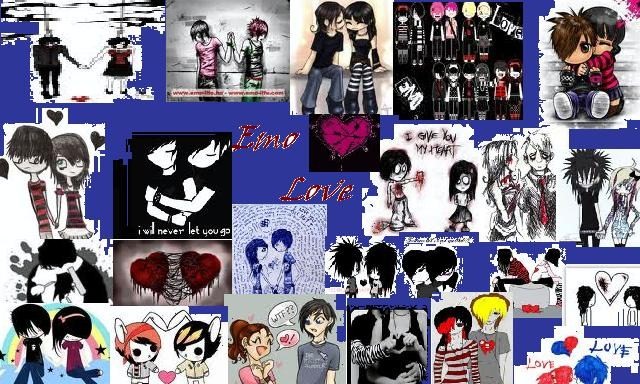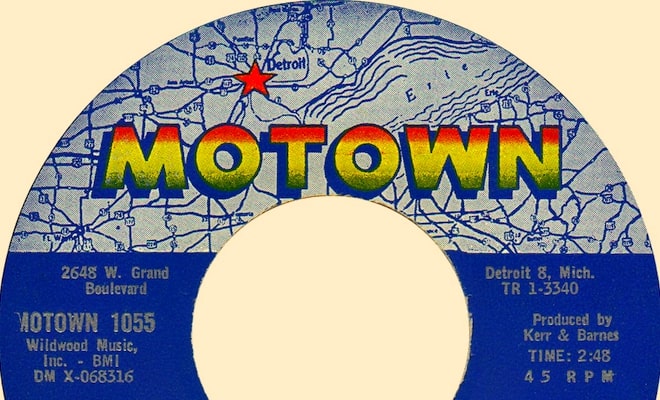If you’re interested in continuing your metal education beyond this Starter Pack, WDBM’s Thee Hourz O’ Power has been mid-Michigan’s only metal show for over 25 years. From its existence starting in the 90s, Hourz has consistently delivered heavy music and always will. Check it out, every Thursday from 10pm-2am.
“Grim.”
“Dark.”
“Evil.”
For most people, a song described by all of these words would elicit a hard pass. In general, people are resistant to music that deliberately sounds abrasive and dares them to be offended. However, you’re a different type. You’ve heard stories about “Norwegian Black Metal” and the genre’s 1990s antics, and thought that it sounded interesting and exciting. Why does this genre have such a following when the artists can be monstrous or at the very least remarkably self-serious? Today could be the day you finally give it a chance.
A genre that embodies its birthplace, Black Metal, has a sound influenced by the frigid temperatures of Scandinavia as much as the artists’ often-twisted psyches. When you hear the shrill tone of their guitars and the shrieks of 20-somethings about death and famine, you immediately can picture where the artists live and create. It helps that they package their music with song titles, album titles, and album art that call to mind the very same feelings.
The best examples of what purists would call Black Metal originated in Norway in the late 1980s and early 1990s, but both the founding bands and the genre’s name take influence from UK 80s thrash act Venom and their song Black Metal. Venom along with other first-wave bands, Bathory and Celtic Frost, set themselves apart from the thrash acts of the time by using a raw sound and evil, satanic lyrics.
Venom
The band who gave the genre a name, Venom’s Black Metal (1982), was an unmatched release at the time in its ferocity and reliance on Satanic themes. Listening to it with a modern ear, most fans would describe it as thrash metal, and yet many of the founding artists of the genre would say that Venom was a greater influence than any other band. Offering a sound that transitions smoothly if you have a previous taste for bands like Metallica or Iron Maiden. The band approximated the sound of black metal years before the genre took hold. If your tastes tend to lean a little to the retro, Venom might be your best bet at getting your foot in the door.
https://youtu.be/JgbKU7-iVHI?t=17s
Mayhem
From the sounds of Venom and their contemporaries came bands who took the inkling of a subgenre, and developed it into a distinct sound and aesthetic. Mayhem, easily the most well-known and infamous group, codified many of the traditions and sounds that Black Metal relies on to this day.
The corpse paint? Mayhem. The fan base? Mayhem. Church burnings, suicides, murders, and associations with avowed and open white supremacists? Mayhem was truly doing it all.
In my opinion, Mayhem is perhaps best remembered for these off-stage horrors and not as much for being the best of the genre. The songs sometimes are overshadowed by offstage lunacy. Even so, their influence on the scene was remarkable and continues for many newer bands.
Emperor
One of the longest-running and most critically acclaimed bands in the genre, Emperor has made their career on a foundation of frontman Ihsahn’s scratching vocals and auxiliary instrumentation. The sweeping wall of sound they aim for is powerful, and sets the tone for numerous bands that would follow. The dedication to synths on In the Nightside Eclipse can honestly be off-putting, but placing budget constraints in mind before listening may help appreciate them for their intent: a grand, strong, and massive sound black metal had never attained before.
https://www.youtube.com/watch?v=U4kN7SQZ-as
Krallice
From then on, bands have taken the blast-beats and tremolo-picked guitars in directions that the original artists would never have foreseen. Krallice perform a particularly complex and technically challenging form of black metal, and have received accolades from metal fans for keeping to the roots of the music while pushing it forward as well.
Deafheaven
Diehards in the metal community might find this pick abhorrent, but to exclude it would ignore the single greatest commercial and critical success black metal has ever had. Deafheaven’s Sunbather took the most basic framework of what black metal entails and incorporated the sounds of shoegaze and post-rock. Despite it being the black metal album with the biggest crossover appeal, the metal community was immensely divided on the album upon its release. Some said it was only black metal in name, and did not meet the ethos or sound they desired. Proponents of black metal found their accusations drowned out by the wave of positive press from more mainstream critics, who found the project a true innovation in a genre many thought had stagnated.
Kvelertak
In much the same way Deafheaven mixes black metal with shoegaze, Norway’s Kvelertak blends a veritable rock and punk feast with an aggression and subject matter that is distinctly Scandinavian. Purists may also deride them for being less than “true” black metal, but there’s no doubt this young band and their mountain of guitars has a lot to offer to a wide audience.
For those looking to explore the genre deeper there’s a whole world to be explored, with a vibrant and creative underground scene. The crossover groups are numerous, and frequently as popular as any of the stalwart acts. It’s a genre that is so anti-everything that your personal opinions mean as much as any.










